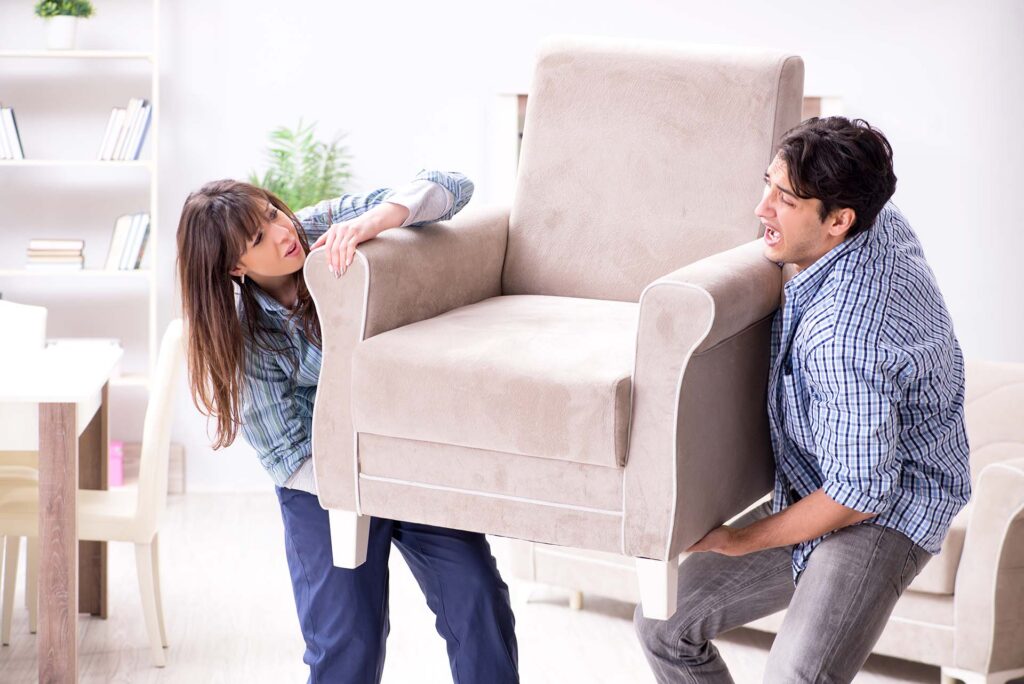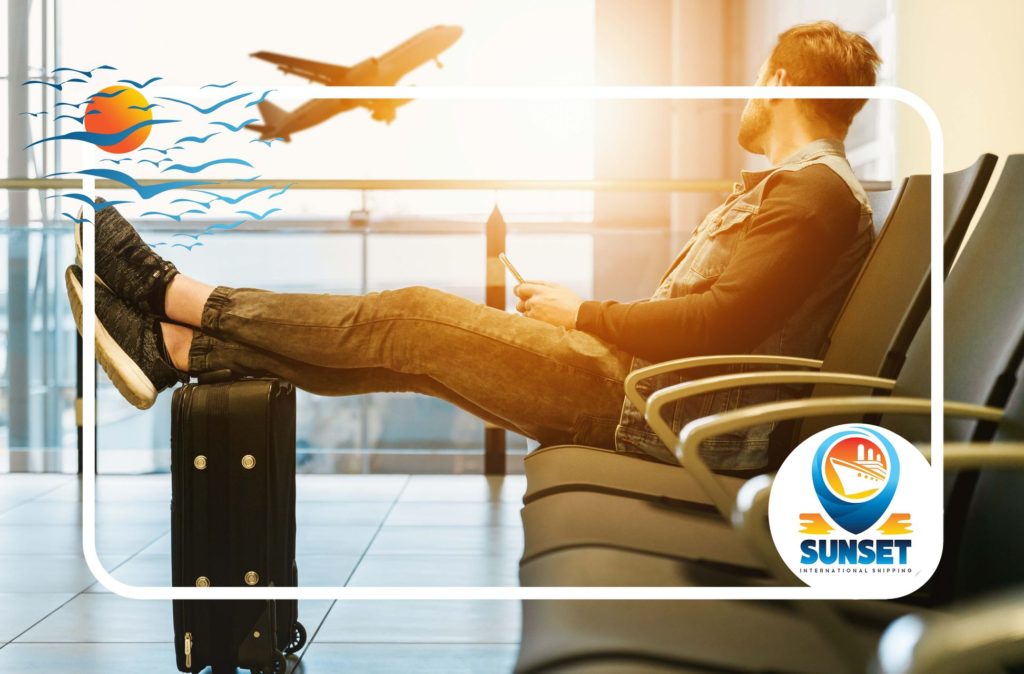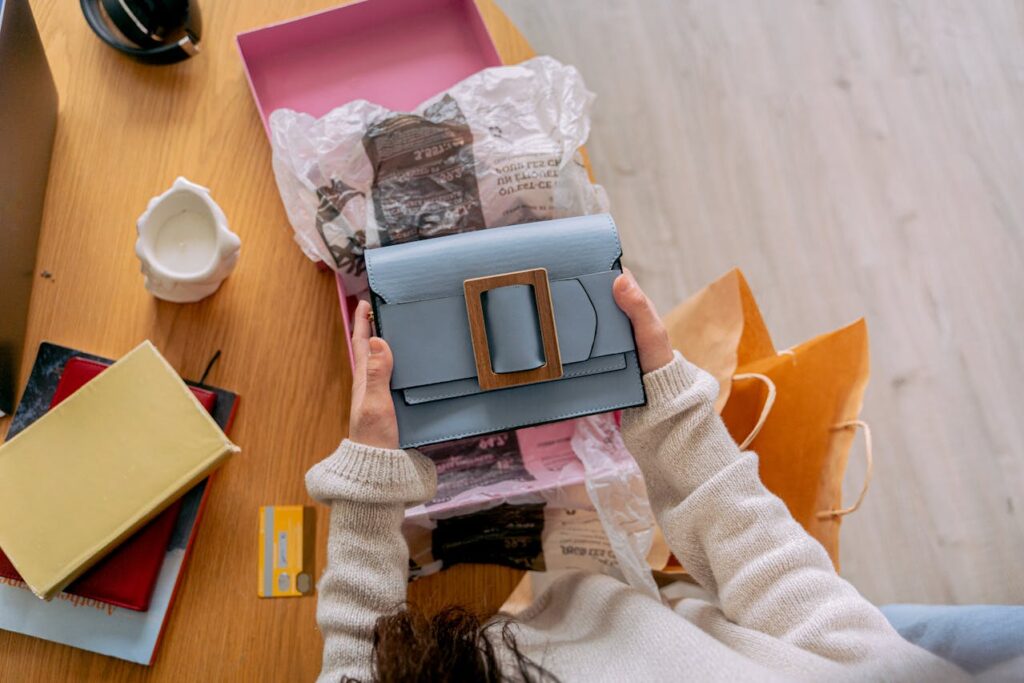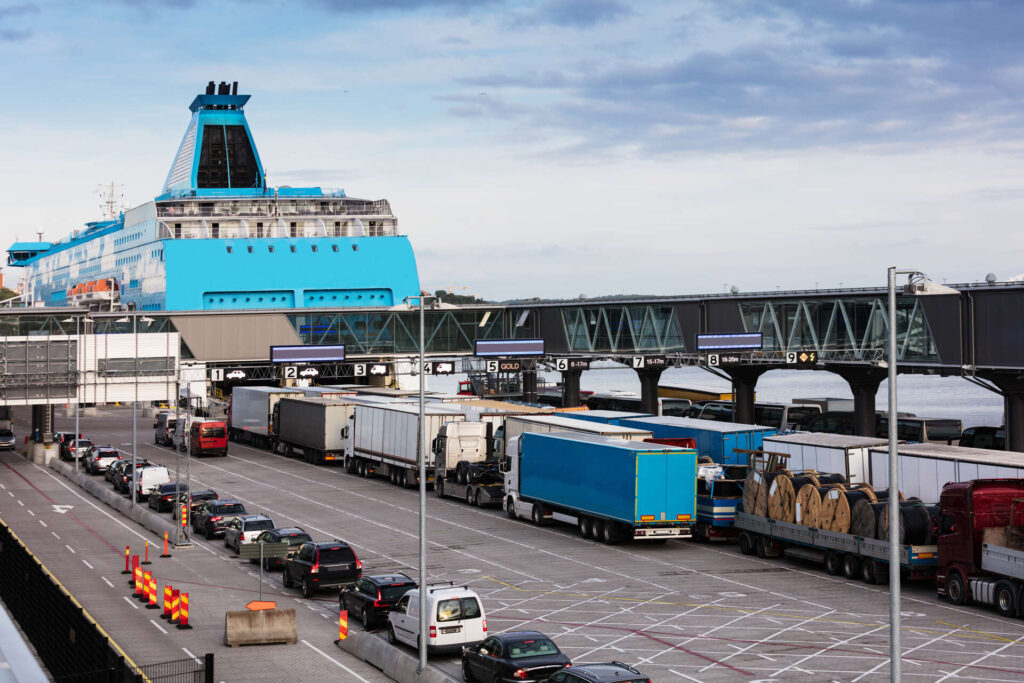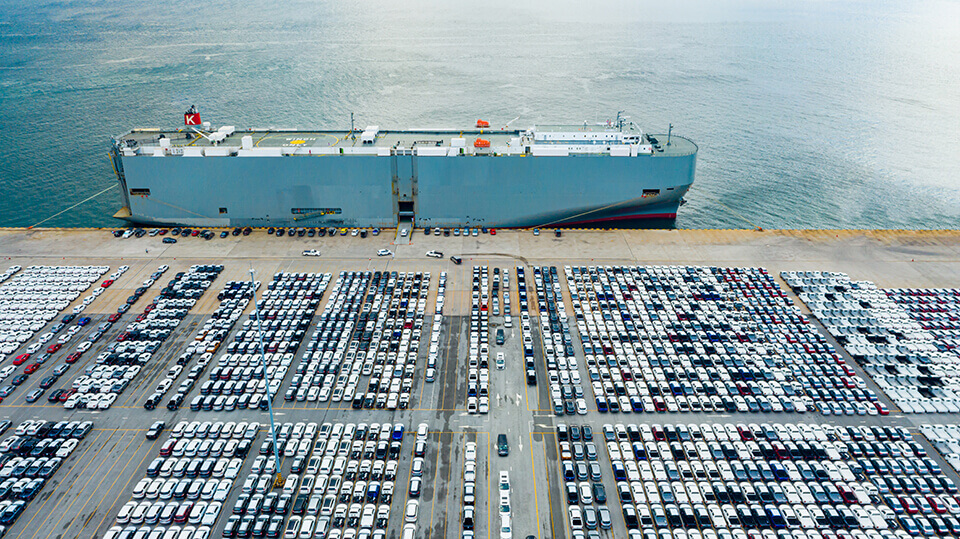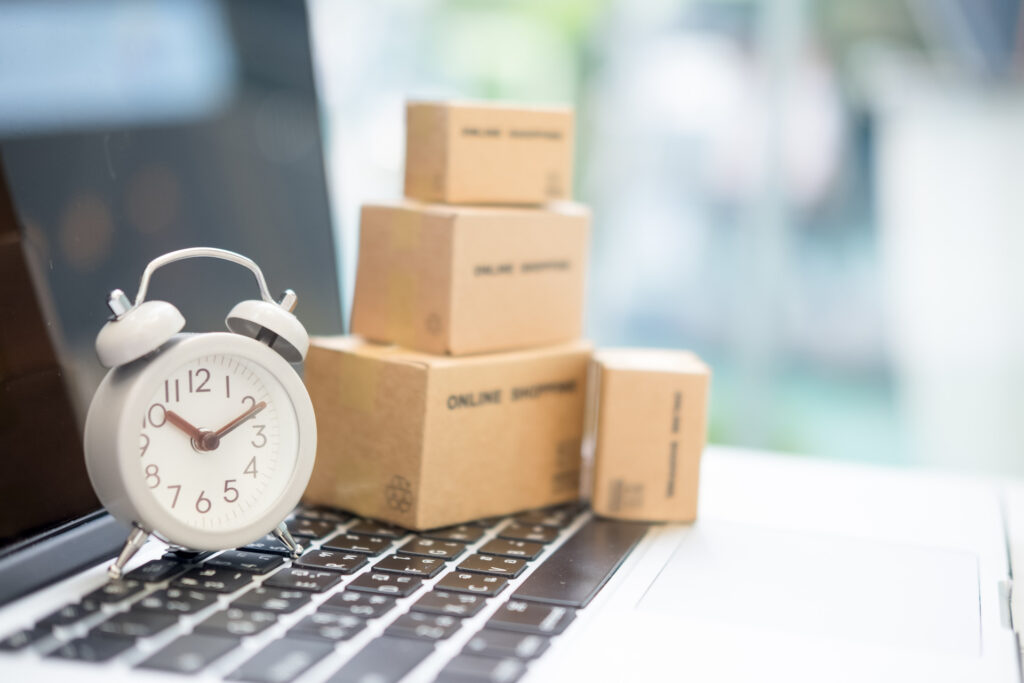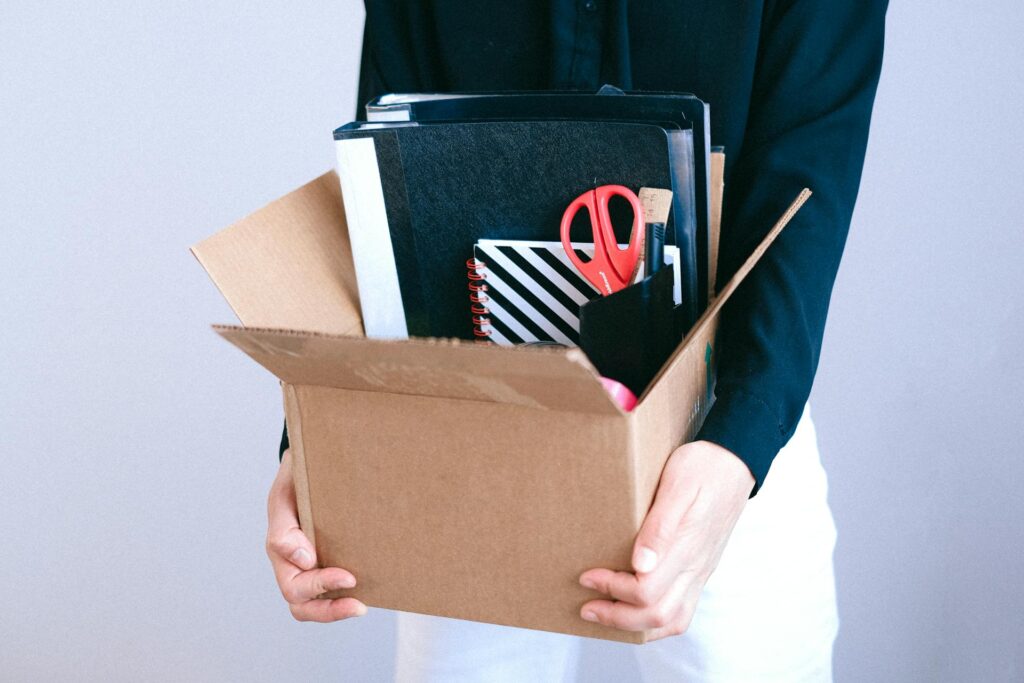The cornerstone of any successful move is a well-organized packing list. Are you seeking an invaluable resource to simplify the relocation process? Fortunately, our comprehensive room-by-room packing guide, as well as a packaging checklist, ensures you won’t forget a thing, making the process seamless. Whether you’re moving across the city or to a different country, this guide is your go-to resource for effective packaging.
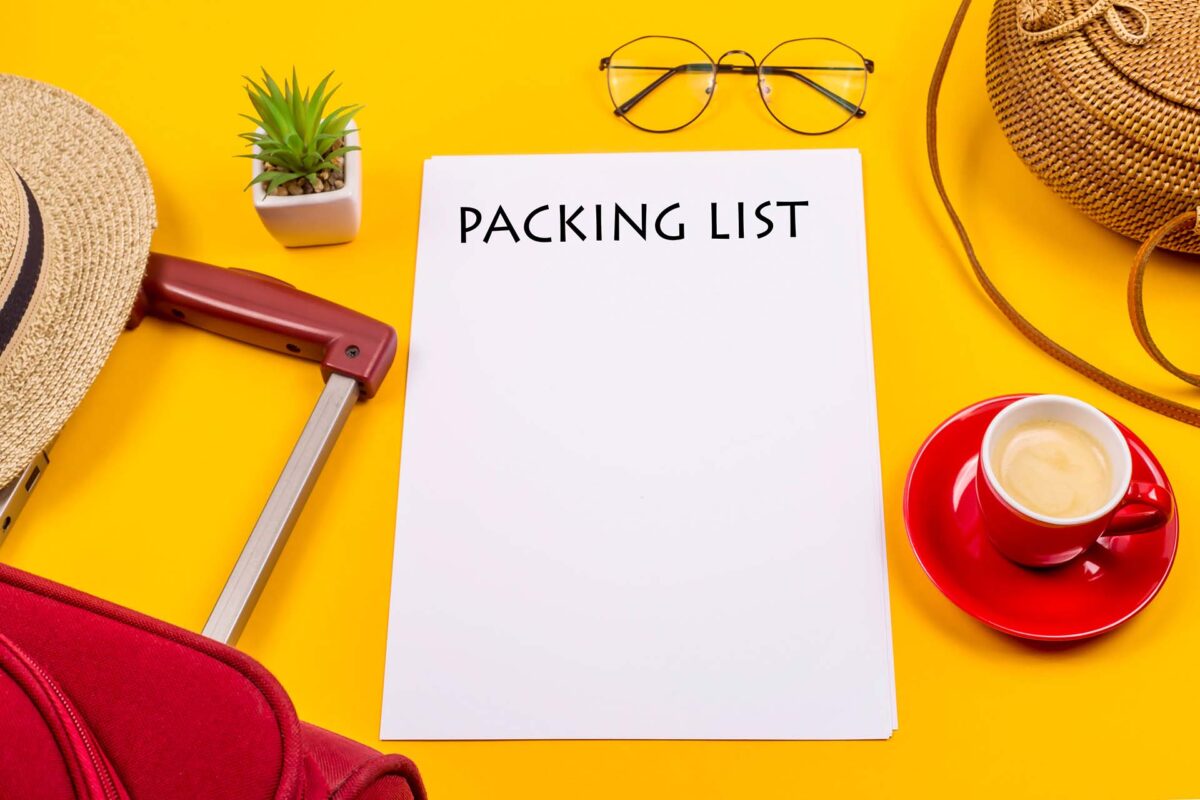

What entails the ultimate packing list? Such a list is centered around an effective home moving plan, tailored to address every detail of the relocation. This includes a comprehensive moving essentials checklist of essential documents like passports and visas, a detailed inventory of belongings for customs, arrangements for international shipping and storage, a plan for setting up utilities and services in a new home, and a schedule for finalizing all tasks before departure. Also, it should cover health and insurance matters, financial preparations like currency exchange, and cultural readiness to ease the transition to a new environment.
Starting With the Basics – Essential Packing Supplies
Initiating the process of transitioning to a new residence, especially across borders, necessitates gathering appropriate materials for securing possessions. On the packing supplies list, you should have items such as robust containers, bubble wrap, adhesive tape, and cushioning material.
Having these items at the ready facilitates a smoother procedure, providing assurance that possessions are securely enveloped and prepped for their journey. Purchase packing materials early to pave the way for an orderly and serene relocation experience. Start by visiting the Craigslist website.
Next, Sort and Declutter Belongings
Embarking on the process of sorting and decluttering possessions is a crucial step in preparing for an international relocation. Effective categorization of items into ‘essentials,’ ‘maybe,’ and ‘to dispose of’ groups can significantly streamline this process.
Determining what to keep as well as what to get rid of involves assessing the practicality and sentimental value of each item. Possessions that have not been utilized recently or lack personal significance are ideal candidates for donation, sale, or recycling.
This approach not only simplifies the workload but also paves the way for a new start in a different location, surrounded by only the most necessary and cherished items. Employing these strategies ensures a more efficient personal belongings organization.
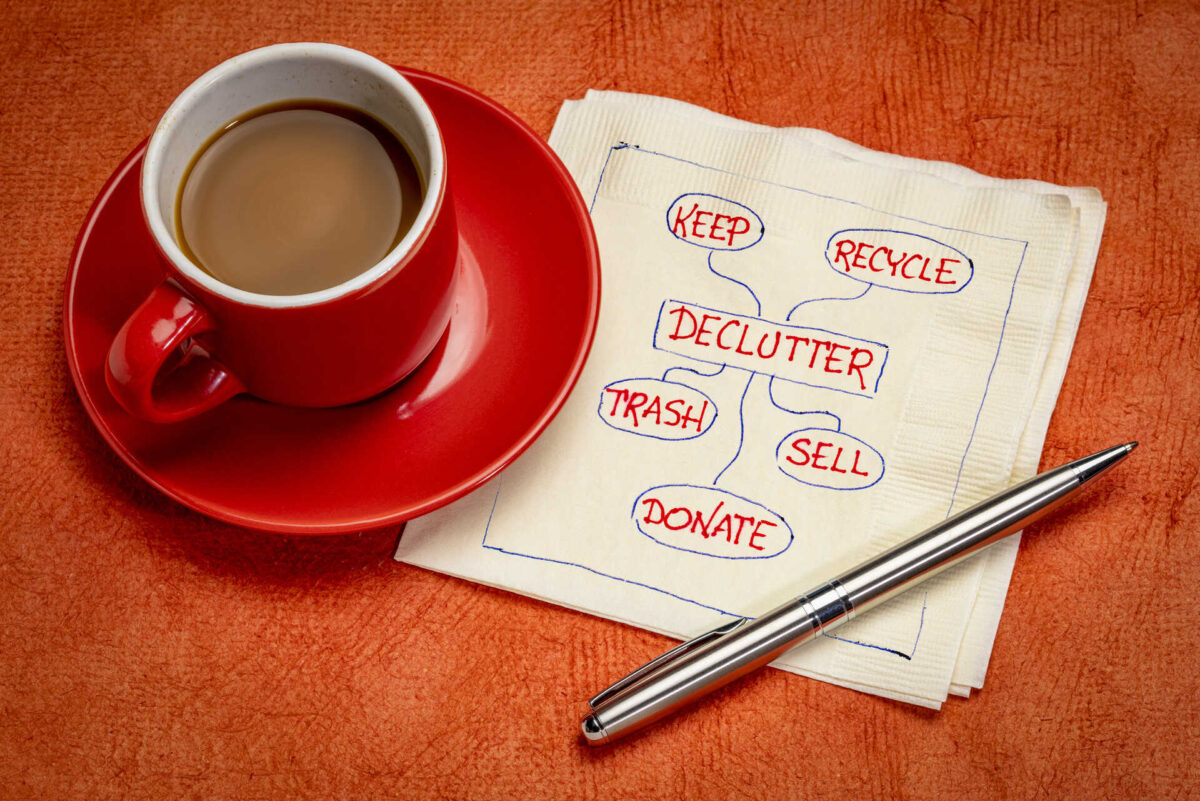

What Belongings Should Definitely Be Included on the Packaging List?
When orchestrating an organized home relocation, particularly for an overseas journey, it’s crucial to meticulously vet the belongings that make it onto the list. This is pivotal in ensuring a comfortable adjustment to a new country. Here’s a more detailed breakdown of essential items to include:
- Important personal and legal documents – This includes passports, visas, work permits, birth certificates, marriage certificates, immunization records, and medical history documents.
- Financial records – Carry essential financial documents such as bank statements, credit cards, and international banking details.
- Valuables – Jewelry, family heirlooms, small sentimental possessions, and valuable collectibles that are irreplaceable or have high sentimental value.
- Electronics – This covers laptops, smartphones, tablets, e-readers, chargers, international adapters, and power banks.
- Clothing and personal items – A well-planned wardrobe suitable for the climate and cultural norms of the destination. This should include everyday clothing, professional attire if necessary, seasonal clothing, and comfortable shoes.
- Personal care and health items – A supply of prescription medications, over-the-counter drugs, a basic first-aid kit, toiletries (toothbrush, toothpaste, shampoo, soap), personal hygiene products, and any necessary medical equipment or devices.
- Home basics – A selection of essential kitchen items such as cutlery, appliances, and different plates and glasses. Don’t forget furniture pieces, like a couch, table and a bed.
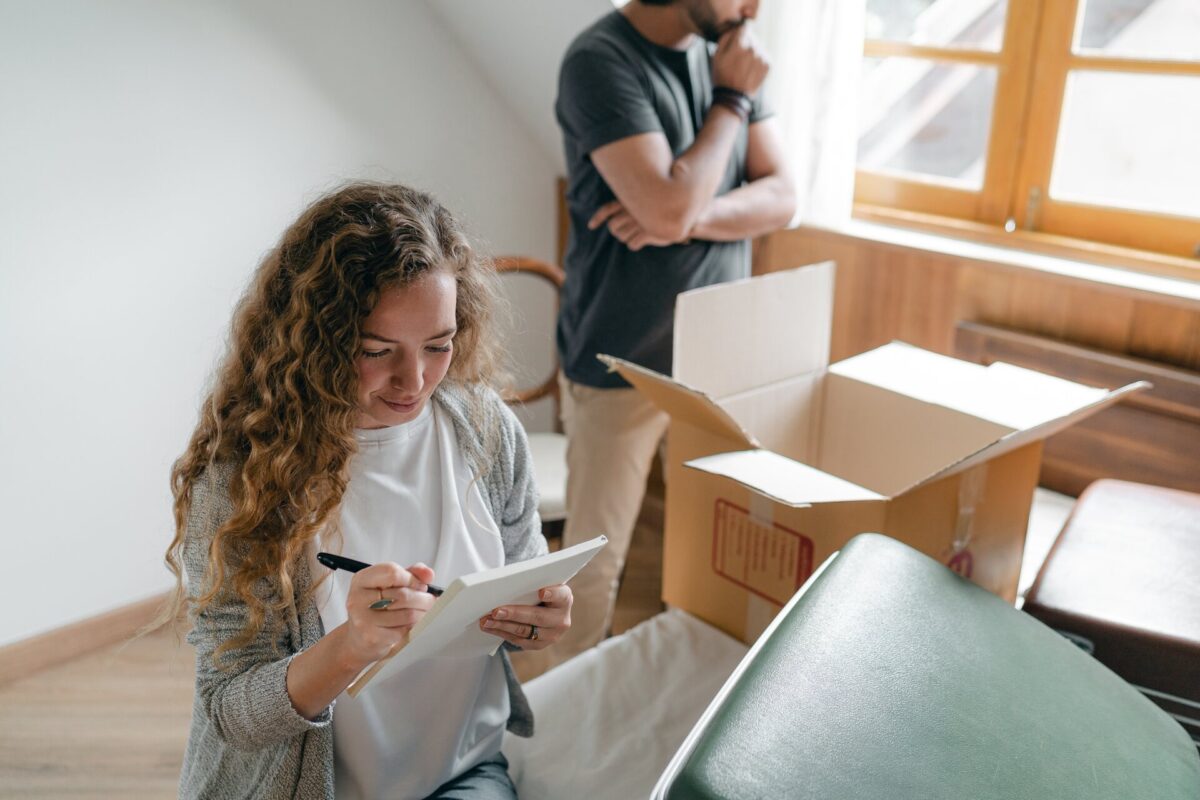

Here’s Our Room-by-Room Packing Guide
This method ensures a comprehensive moving checklist is followed, safeguarding each item’s security. In the kitchen, special attention is paid to wrapping appliances and utensils securely, with particular care for fragile items like glassware.
In the living room and bedrooms, employing safe packing techniques for furniture, electronics, and personal belongings is crucial. This strategy minimizes the risk of damage, ensuring that everything, from your favorite mug to the most comfortable armchair, is transported safely and arrives intact.
Kitchen Packing Essentials
When tackling the kitchen, specific measures are crucial. Appliances must be cleaned and dried, with smaller possessions wrapped individually to prevent scratches. Fragile items like special glasses and plates require extra cushioning, often with bubble wrap or paper, to prevent breakage. Utensils can be bundled together, but sharp knives should be securely wrapped and marked for safety.
Living Room and Bedroom Necessities
When addressing living room and bedroom possessions, the focus shifts to larger items. Furniture should be dismantled, if possible, with components wrapped and labeled. Electronics need anti-static packaging.
Personal items like books and clothes can be organized into clearly labeled boxes. Using appropriate materials and techniques for each type of item ensures that everything from a flat-screen TV to a bedside lamp is packed securely.


How to Properly Handle Fragile and Valuable Items?
For artwork and figurines, it’s essential to use sturdy, size-appropriate boxes and cushion them with bubble wrap or foam padding. Each piece should be wrapped individually, ensuring they are snugly fit inside the box without room for movement. Jewelry, being small and often highly valuable, should be packed in a jewelry box and taken with you.
Valuable furniture demands disassembly, if possible, with each component wrapped in protective blankets or bubble wrap. However, when the process becomes too complex, or the value and fragility of belongings are significant, hiring professional movers with expertise in packing services and shipping overseas delicate possessions is often a safer and more efficient choice.
Preparing a Pet or Children Relocation
When orchestrating a relocation that includes moving with pets or just moving with children, it’s crucial to pack thoughtfully to ensure their comfort. For kids, this means including their favorite toys, books, and necessary items like clothes suitable for the new climate and easily accessible essentials like snacks and comfort objects.
Similarly, for pets, essential belongings include their usual food, bowls, bedding, toys, and any necessary medications, all packed in a way that keeps them readily available. It’s also important to prepare pet carriers according to airline regulations if air travel is involved.


Prepare a Last-Minute Checklist
This checklist should include a reminder of things that are most commonly forgotten, such as charging cables, spare keys, important documents like passports or lease agreements, and any prescription medications. It’s also wise to include a final home walkthrough to check all taps are turned off, windows are secured, and electrical appliances are unplugged.
Remember to confirm travel arrangements and double-check that essential possessions are packed in easily accessible locations. This checklist acts as a safety net, ensuring all critical and often-overlooked items are accounted for before departure.
Package an Essentials Box
What items will be needed the moment you step into the new apartment or house? Until the shipped boxes arrive, it’s too difficult to buy some necessities since you still need to adjust to the new country. This is why an essential box for moving day is required. It should include:
- Basic toiletries – Toothbrush, toothpaste, soap, shampoo, and toilet paper.
- First-aid kit – Including band-aids, pain relievers, and any prescription medications.
- Snacks and bottled water – To keep energy levels up during unpacking.
- Basic tools – Screwdrivers, hammers, and scissors for quick fixes and assembling furniture.
- Chargers for electronics – To keep phones and laptops powered.
- Spare clothes – For the next day, including sleepwear.
- Important documents – IDs, passports, and important contact numbers.


Hiring Movers Will Speed Up The Process of Moving Overseas
Hiring movers for an overseas move not only speeds up the process but also significantly reduces relocation stress. Investing in moving by sea services offers a cost-effective and reliable solution for transporting a large volume of belongings. Professional movers from an overseas shipping company are equipped to handle every aspect of the move.
With their expertise, packaging becomes a non-issue, as they can efficiently pack and protect your belongings, using materials and techniques suited for long-haul journeys. Full or partial packing service is invaluable for a seamless and worry-free relocation experience.
Packing List Can Help Movers Provide an Accurate Estimate
When making a packing list is done, it becomes a valuable tool for movers to provide an accurate estimate for shipping overseas. A detailed list of possessions ensures that movers can assess the goods, which in turn helps in determining the most suitable packaging methods, transportation, and storage solutions.
This list aids in calculating the cost of the move more precisely, reducing the likelihood of unexpected expenses. Additionally, it helps the international moving company prepare adequately for the specific requirements of the relocation, ensuring a smoother and more efficient moving process.
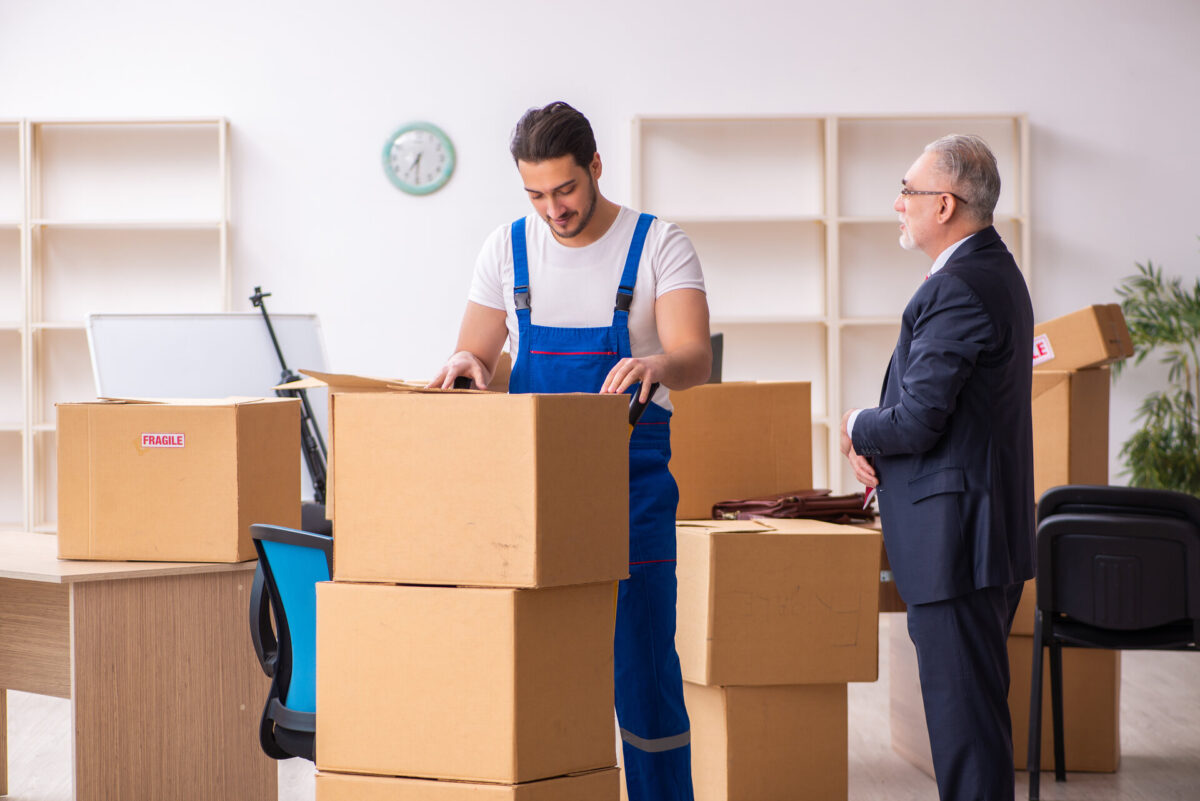

Make a Packing List and Contact the Most Reliable Movers
With everything accounted for, the chances of forgetting important items are greatly reduced. After preparing the list, the next crucial step is choosing the right partner for the move. Contact us, Sunset International Shipping company, known for its reliability and expertise in international relocations.
Our team is dedicated to providing a seamless moving experience, from careful packaging to secure transportation. By entrusting our overseas moving company with the relocation, you gain the peace of mind that comes with knowing your belongings are in capable hands. Let us help you navigate the complexities of moving abroad, ensuring a hassle-free journey to the new home.
Key supplies include strong boxes of various sizes, bubble wrap, tape, protective padding, and markers for labeling. These materials ensure belongings are securely encased and organized for their journey.
Start by sorting items room by room and deciding what to keep, donate, sell, or discard. Assess the necessity and emotional value of each item. This process helps lighten the load and keeps only the most essential or cherished possessions.
Wrap dishes and glassware individually in bubble wrap or paper. Place heavier belongings at the bottom of boxes and fill empty spaces with cushioning material to prevent shifting and potential damage.
Use anti-static bubble wrap for electronics to avoid damage from static electricity. For valuables, use padded containers and secure them with additional cushioning. Label these boxes clearly and keep them in a safe, easily accessible location.
Include toiletries, a first-aid kit, snacks, bottled water, basic tools, chargers, spare clothes, and important documents. This box serves as a quick-access kit for immediate needs upon arrival.
Revisit each room to check for overlooked items, review the checklist, and confirm that all utility services are settled. Double-check storage areas, closets, and drawers.
Prioritize rooms based on their importance, like setting up the bedroom and kitchen first. Unpack items needed for daily routines early on and take them one room at a time to avoid feeling overwhelmed.
Professionals handle the secure boxing up and organization of items using appropriate materials and techniques. They manage the logistical aspects, reducing stress and ensuring a smoother transition. Their expertise is particularly beneficial for handling delicate items and navigating complex logistics.

